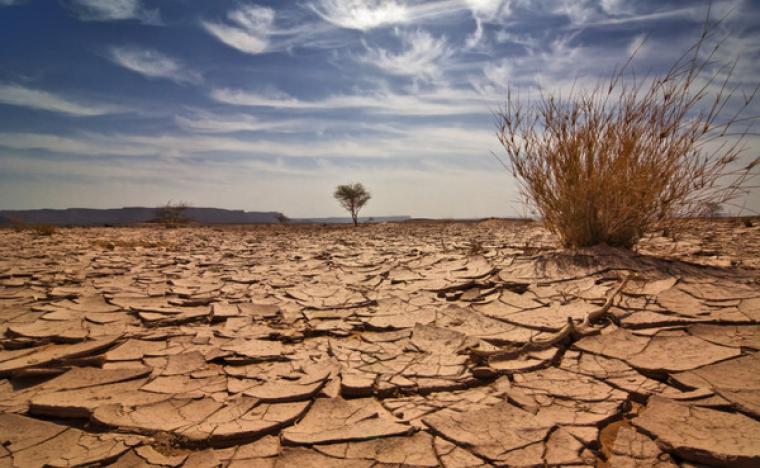Learning with McCell - part 2: Filtration
In his next lesson, McCell is teaching us all about Filtration.
Filtration is used to separate solids (undissolved particles) from liquids. Filters come in various types and sizes. Bigger particles (e.g. tea leaves) can be separated with large-pored filters (which are similar to a sieve). Others can be used to separate medium-sized particles (such as cloud particles from apple juice). Very fine filters are suitable for sterile filtration. For example, tea can be made germ-free.

In everyday life we use filters to make coffee or tea. In the laboratory we use filters to separate solids from liquid mixtures. In the production of AnaGain, the peas are filtered out using a sieve after extraction. A little later in the process, the extract is filtered through a 0.6 µm paper filter, which is clamped in a metal housing. In this step, all particles larger than 0.6 µm are filtered out. Bacteria are larger than 0.6 µm, therefore the extract is germ-free.
Each filter has a different pore size, which determines how large particles it dissolves. A filter consists of different layers of fibers such as cellulose, glass or cotton. The mixture comes on the filter, the very small particles quickly pass through the filter, medium particles take a little longer. Particles that are larger than the pores of the filter are retained. This process is used to make a product more stable, because with a pore size smaller than 0.6µm bacteria can be filtered out. If a filtration takes a long time, you can speed it up with pressure. By overpressure (when the pressure in the filter vessel is greater than in the air), the mixture is pressed through the filter.








